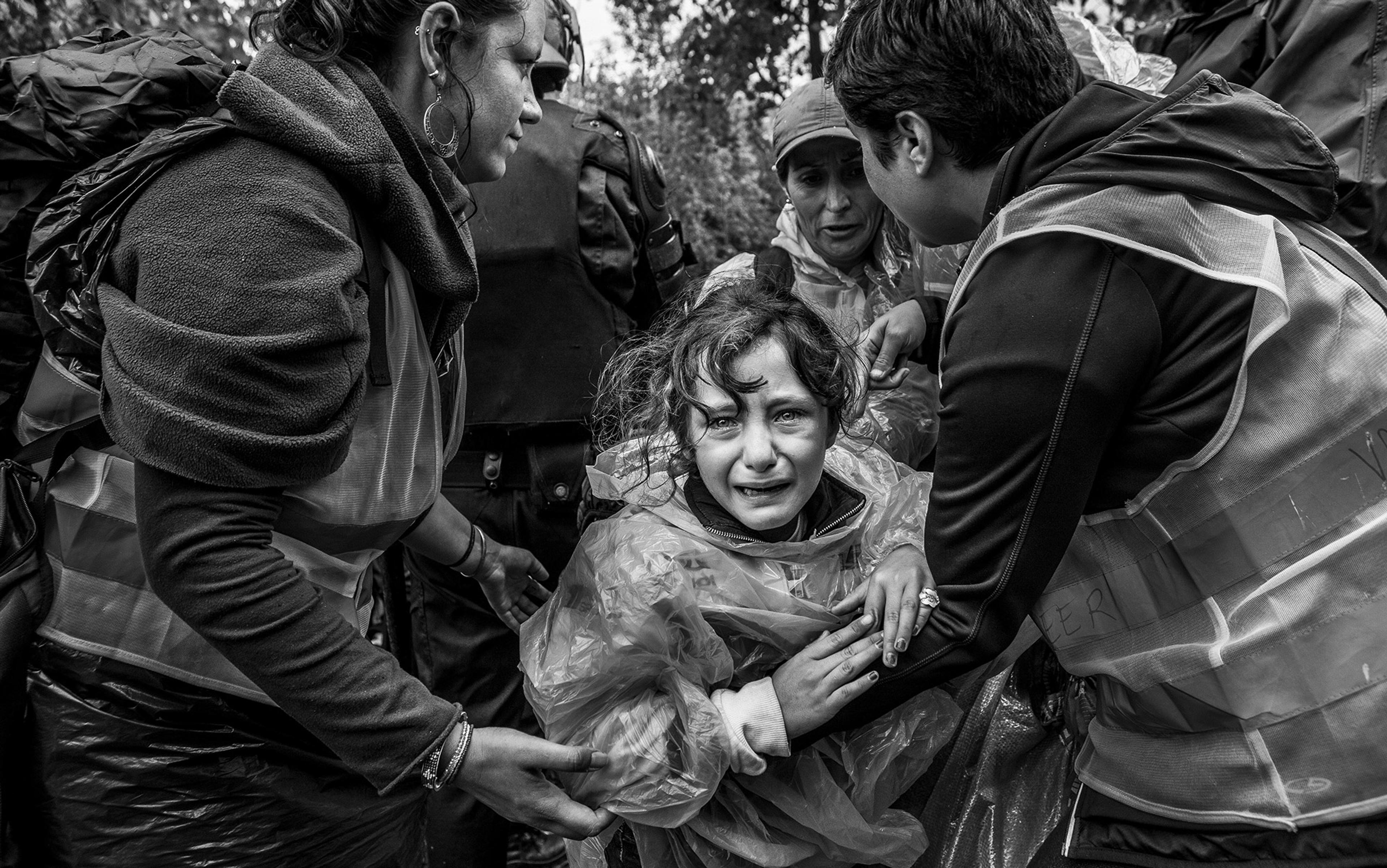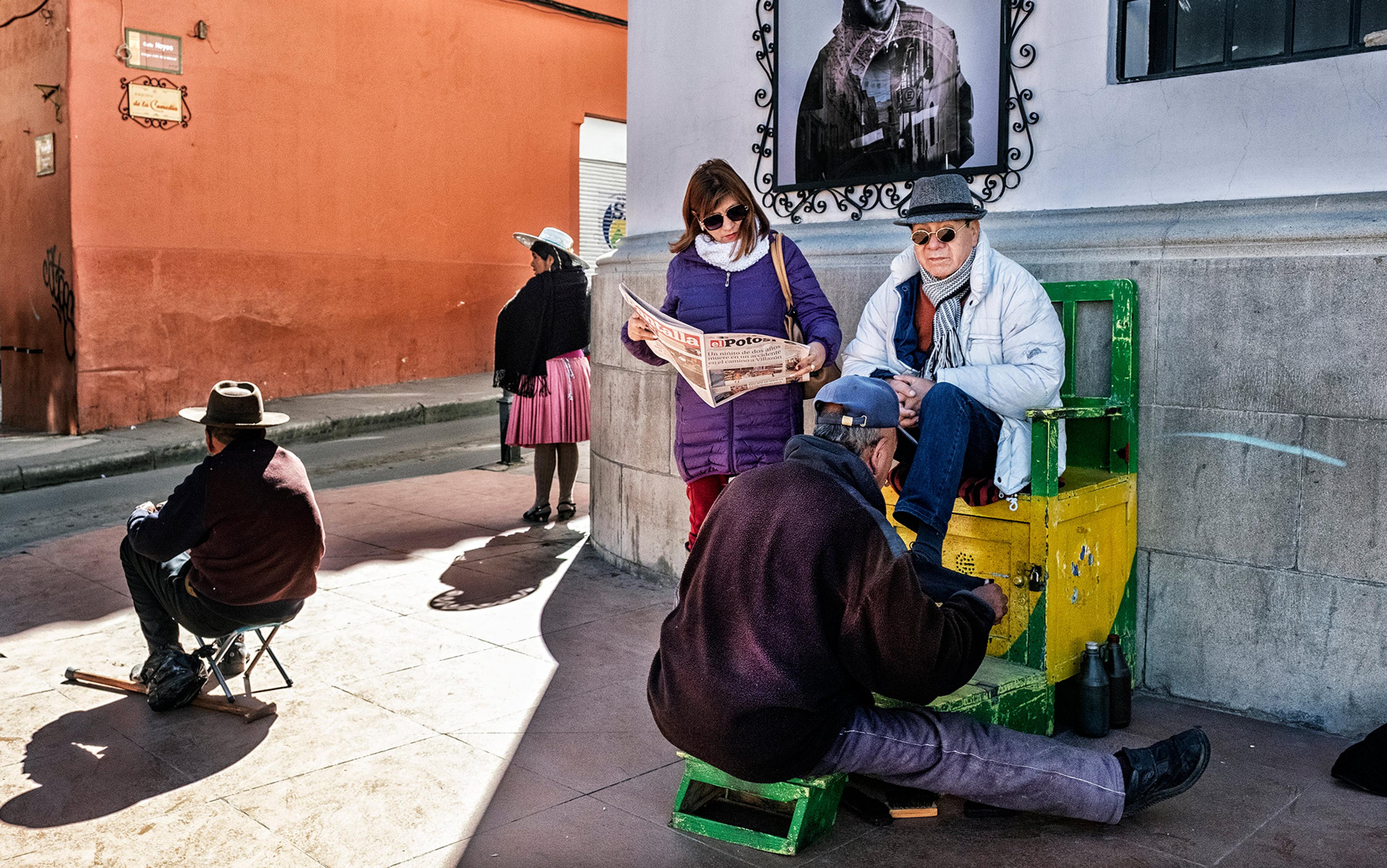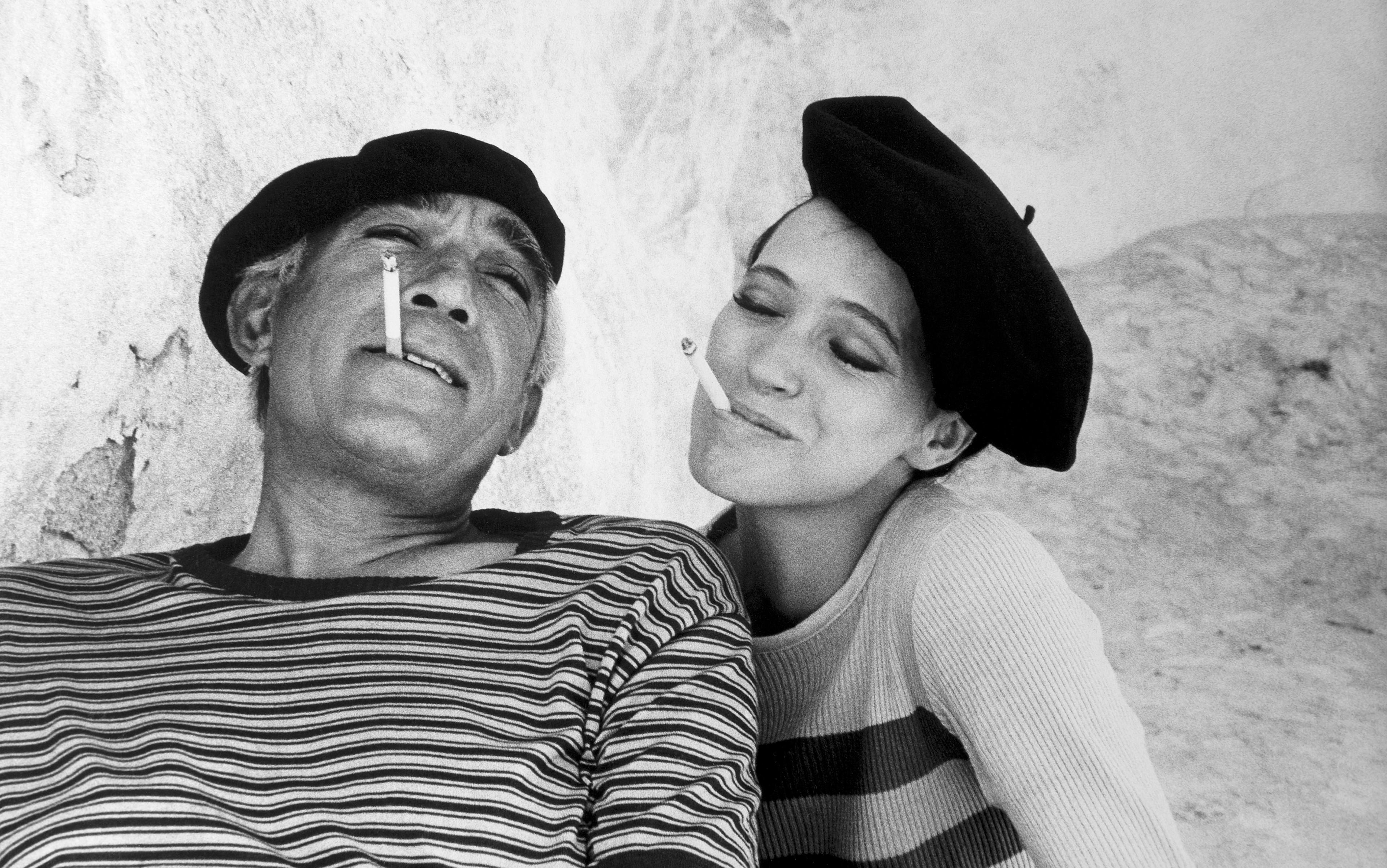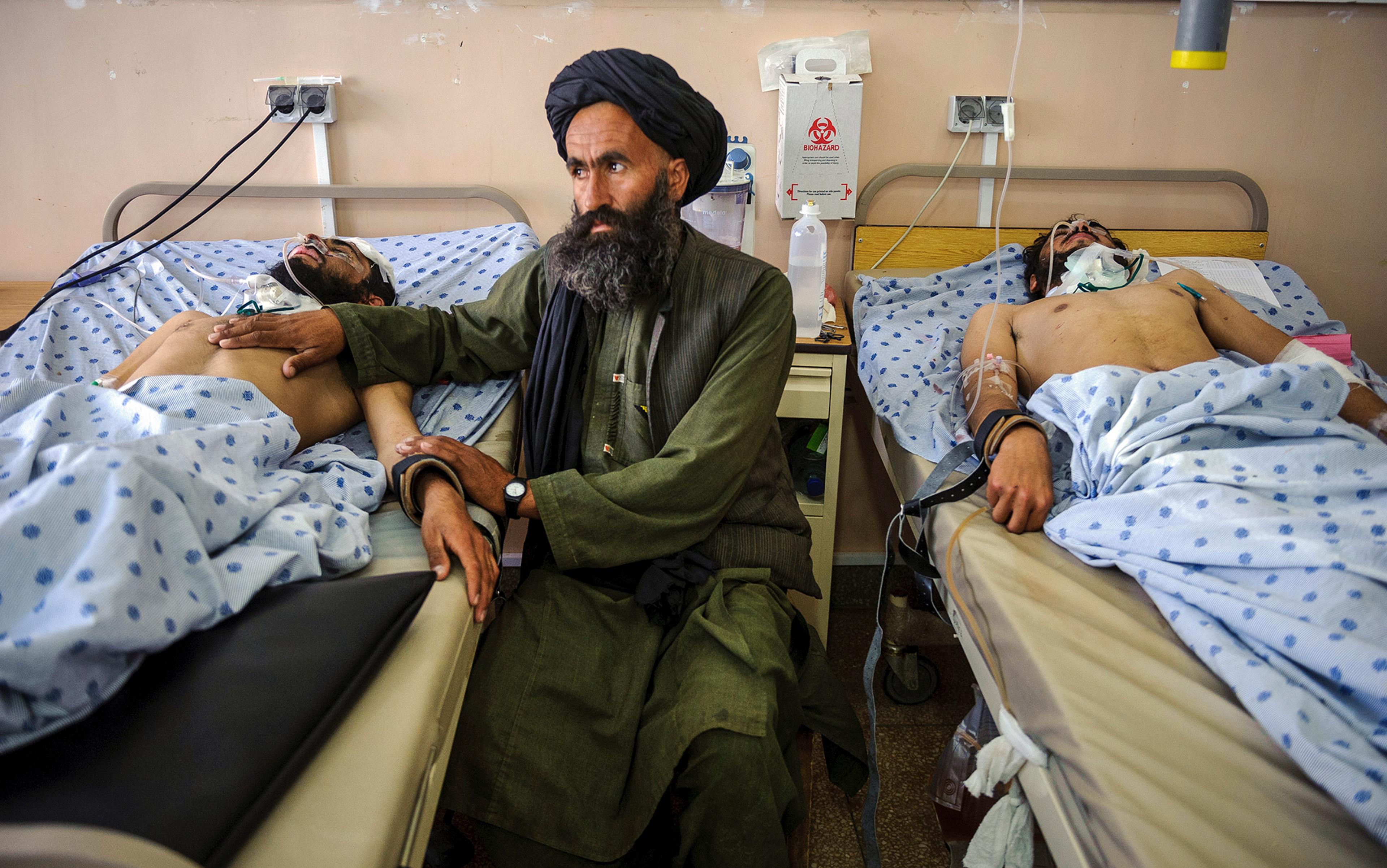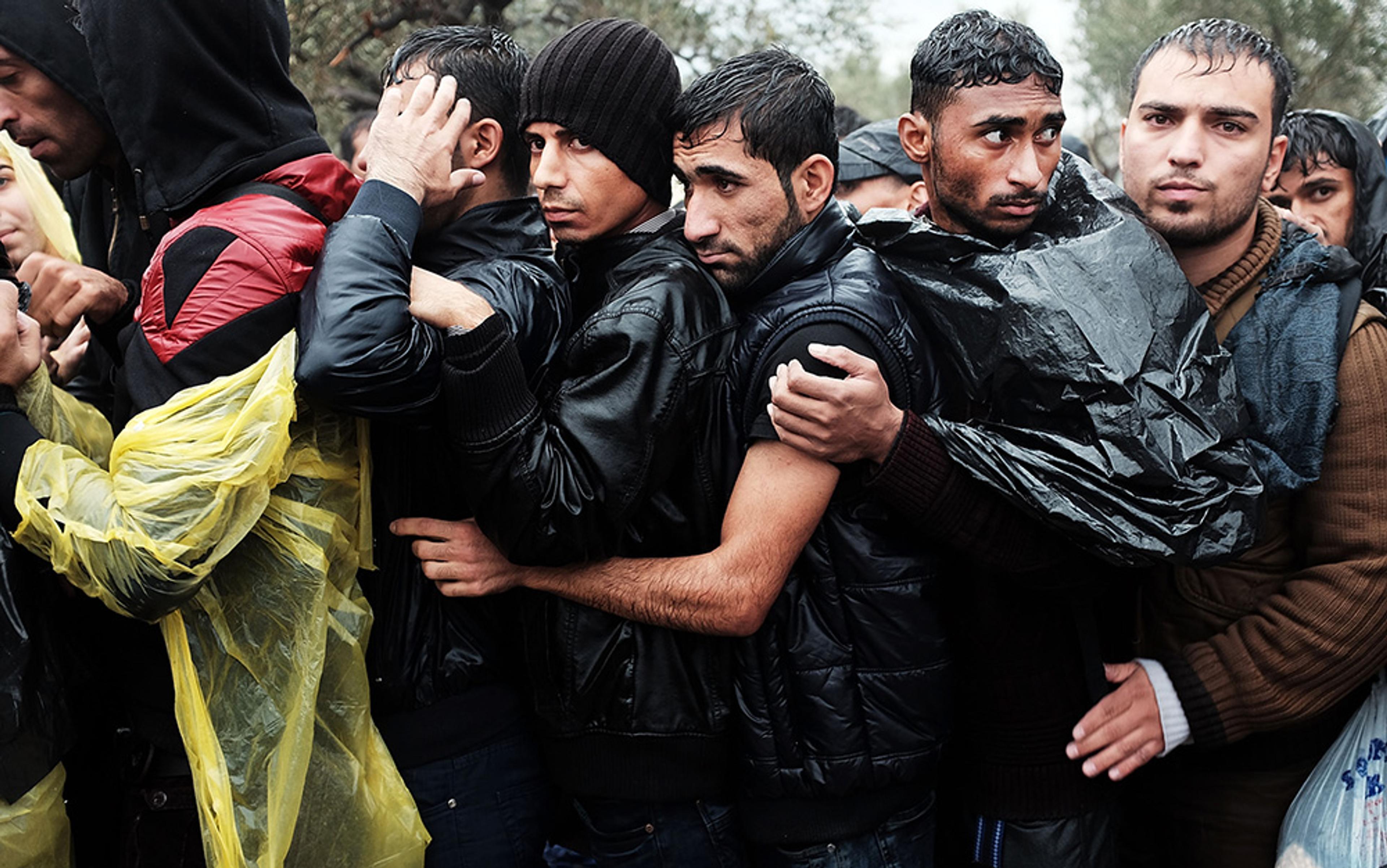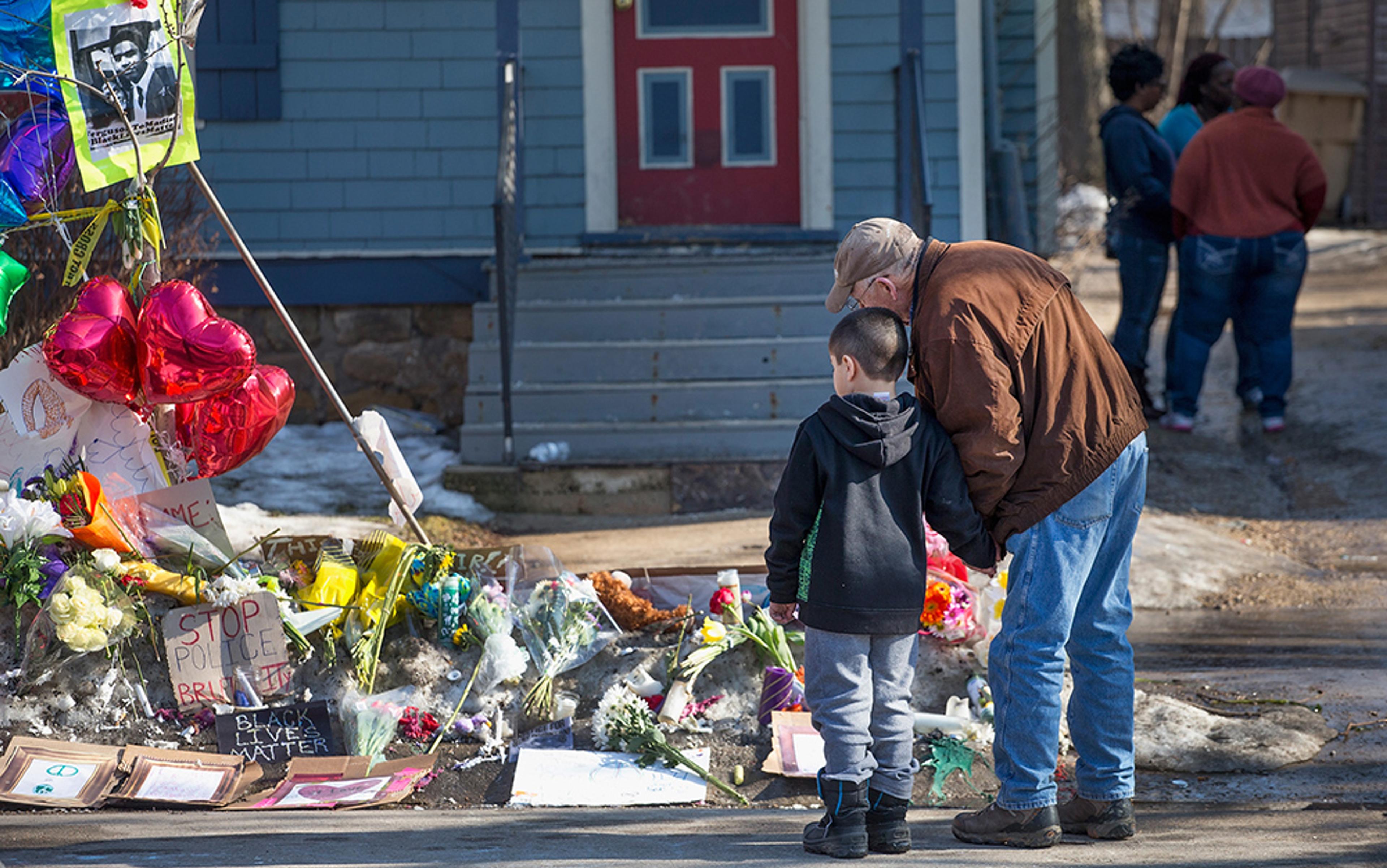Empathy, the sharing of feelings with another person and consequently caring about them, is typically a virtue in our society. ‘I hear you’ and ‘I feel your pain’ are said with a sense of compassion and concern for the welfare of others. We embrace the ‘Golden Rule’ to treat others as we would want to be treated. And when we feel empathy, we are inclined to do good things. One of the leading psychology scholars on empathy, C Daniel Batson, points out that, although definitions of empathy vary, all share the view that empathy is a process through which we experience and understand the feelings of others, and that can move us to respond in considerate and concerned ways.
Caring about others is a good thing. So, it should make sense to use empathy as a guide for how we live our social lives, and even incorporate it into how to govern our societies. Some worry that those in power lack empathy (typified by the expression ‘Let them eat cake’ that was allegedly spoken by Marie Antoinette, the last queen of France, in response to the news that the peasants were starving and had no bread). There is a logic to presuming that using empathy should play an important role in personal, social and political lives alike. The challenge is that empathy is not that simple.
Empathy helps people to share the experiences of other people and different groups. However, empathy as we now know it, thanks to breakthroughs in cognitive neuroscience, is more complicated than a moment of feeling concern for someone. Empathy is a complex set of brain activities that come together to help people experience and interpret the actions, behaviours and emotions of others.
Empathy is not imagining how you might feel in the place of another. It is imagining and trying to understand what the other person feels. The difference between thinking about yourself in another’s situation and thinking about the other person in that situation is simple but profound, requiring well-developed, differentiated mental abilities. Empathy is other-focused, not self-focused. Someone with sociopathic tendencies can ‘read’ other people well and understand their emotions. But a sociopathic person reads others in order to manipulate or take advantage of that person. It is not empathy.
The building blocks of empathy take shape in infancy and develop through a lifetime of learning. By learning from others, people fully develop empathy. Watching how adults interact can model empathy. So too can simple directions to imagine what another person is feeling. For example, after a toddler hits someone, the child is told to imagine what it would be like to be the one receiving the hit. This simple instruction can teach a child about what it feels like to be the other person. Countless moments of observations and gentle reminders to think about the experience of another person help to build empathy. Conscious and unconscious brain activities come together to make it possible.
Human beings are natural imitators. Some psychologists call this mirroring, and it is an important skill for survival. Newborn babies mimic, that is how they learn. The instinct stays with us – think about yawning right after someone else yawns or finding yourself smiling for no reason other than that another person, even a stranger, smiles at you. Imitations can save lives. If someone in your office starts screaming, although you might have no idea what exactly is going on, you become alert and follow their actions, perhaps even running away. If those screams were in response to their seeing a fire in another part of your building, imitating the other might save you from staying in a burning building.
Mirroring abilities form the physiological foundations of empathy. But they are only the beginning. Hearing someone scream and seeing them run from danger grabs our attention. It exemplifies the moment that people enter into two important learned components of empathy. First, ‘walking in another’s shoes’ enables people to feel and understand others’ experiences. Second, it is just as important that we remain aware that these feelings belong to the other person. Sensing and appreciating but not ourselves feeling another person’s emotions is a tough balancing act. It requires the ability to relate to the other, but without getting caught up in another person’s feelings or experiences. It is not easy to process strong feelings in an even manner. We share another person’s emotions but need to be sure not to get overwhelmed or swept away. These are all learned skills that take time and guidance to fully develop.
These skills help us to understand interpersonal empathy, or the experiences between individuals. Empathy can also be used to understand social situations and even political events. This is social empathy, using perspective-taking abilities to understand different groups and cultures. Social empathy adds a larger dimension to applying empathy. It requires that people understand in some basic way historical events and their consequences for others. It means trying to understand people we might not personally know, and experiences we have not had.
The challenge with empathy is to be open to gaining knowledge about others
The Dutch primatologist Frans de Waal called empathy the ‘glue’ that holds humanity together. Empathy is what connects humans meaningfully to others. When friends, partners, co-workers, even strangers, respond to us in ways that show they understand us, we feel affirmed and worthwhile. On the other hand, when we are treated as objects, we feel diminished and hurt. Empathy is the tool to recognise and value others. In societies, collective empathy is the key to civilisation. Empathy gives people a roadmap to morality and positive social behaviour. It is a prerequisite to valuing and fighting for fairness and justice. With empathy, when we think about how we would feel in another’s situation, we can also see how we would want to be treated if we were in the other person’s shoes.
However, learning empathy takes effort, and empathy alone does not guarantee positive connections. It is a tool or skill that provides people with information from which we are then free to take actions, or not. Empathy itself is neutral. What we choose to do with it is up to us.
The challenge with empathy is to be open to gaining knowledge about others. We tend to be biased when it comes to empathy. We are better at reading those who are like us than at reading people who are different. For example, a research study focused on the mirroring of pain (experiencing someone else’s pain as if it were your own) examined the brain activity of the observers of different hands being stuck with a needle. When the participants observed hands that were the same race as their own, their mirroring was strong. When they observed hands that were of a different race, their mirroring was significantly lower. And to test the influence of racial bias, the researchers also showed participants a purple hand being stuck with a needle. With the purple hand, observers’ brain activity showed mirroring, but somewhere between the other two natural-coloured hands. This research demonstrates that, neurologically, we are more likely to experience the feelings of another with whom we see similarities. If there is a strongly learned bias, as with racism, it can be even more difficult to experience the other’s feelings. Empathic bias means people are more likely to mirror those whom they see as similar.
Does this mean that empathy is forever doomed to be biased? No, because bias is learned. In the experiment with different-coloured hands, there was a bias that was socially taught – the meaning of a different-colour hand. If it were simply difference, the purple hand would have been interpreted the same way as the different-race hand. And we are also taught the preference for sameness, that too is learned.
If we can’t see ourselves in others, it makes it more difficult to relate. The good news is that seeing ourselves in others can be taught, and our perceptions can change.
The differences according to which people ascribe identity disappear over time because of changes in social or political thinking. For example, one of the lowest immigrant groups to the United States in the first half of the 19th century were the Irish. Anglo Protestants regarded them as dirty, immoral and lazy. Much of this prejudice resulted from the religious bias of Protestants against the Catholic Irish. And today? Most Americans are not even aware of Irish descent. On the other hand, we have created social perceptions and beliefs that linger and do have a powerful impact. Hundreds of years ago, black Africans were brought to the Western hemisphere as slaves by white people, and viewed as so unlike white colonists that they were not even considered full human beings.
The way that people are taught to think about other races often overrides seeing the unifying category of human being. Today we see this tendency in the use of ‘tribalism’, the preference for those whom you view as similar and belonging to your group, while at the same time fighting with those seen as belonging to a competing group, hence different from your tribe. I call this tendency ‘bad tribalism’. For all of human history, survival depended on being part of a group, and in many ways still does today. Human infants are dependent for a long time, and thus raising children was best done in tribes. The multitude of tasks needed for survival and for raising a new generation required many adults to come together and share efforts.
When people view others as different, it becomes harder to see ourselves in them. Today’s political climate highlights the us-versus-them gap and, as a result, we have a deficit of empathy. Our voting patterns highlight differences in values that go hand-in-hand with differences in group membership. For example, people in rural areas vote differently than in cities, and in the rhetoric that accompanies voters’ decisions, there are vastly different life experiences and group interactions for rural voters compared with urban voters. Exposure, or lack of exposure to other groups and different life experiences, shapes people’s political views. The lack of exposure to and experience with different others compromises empathy, especially social empathy, and a lack of empathic insight leads to bad tribalism.
This us-versus-them perception diminishes the ability to empathise. So, what can be done? Although our mental training of being taught that we are different impacts on our ability to cognitively process the experiences of others, it is not set in stone. The good news is that our brain paths can be changed, in a process called neuroplasticity. We can create new ways of thinking, which in turn allow us to be able to process empathically. We need to learn that bridging differences is part of the empathic process. For some of us, that happens at a young age and we process empathy without thinking. For others, we need to work on empathy as adults. Although it is always easier to form habits when we are young, it is still possible to develop new habits as adults.
Bias and emotionality are the result of poorly learned behaviours … They are not empathy
How do we get there? The full array of empathy can be distilled into seven behaviours:
Be aware of your physical reactions to others – how does your body respond to situations that involve others? Pay attention to your unconscious responses, such as physically feeling sad when another person shares with you a story about a sad event in their life or smiling without realising it because you are being told something cheerful.
Figure out what those reactions mean to you – do you always mirror others? Or is this something you hold back from doing? Let yourself experience it, even if it feels a bit strange because the emotions are from someone else’s life, not your own.
Take a breath, a moment, to recognise your own emotions and be sure to differentiate between which emotions belong to you and which belong to the other person.
Once you have recognised your emotions as separate from the other person’s, be sure not to let your emotions overwhelm you or carry you away from the other person. After all, you can better pay attention to the other person if you are not overly emotional.
Now you are ready to walk in the shoes of the other person, to see the experience through their eyes. You are trying to figure out what their emotions and experiences mean to them. Remember, you are not imagining what you would do in their situation, rather you are trying to really understand what it is that they are experiencing.
To truly walk in another’s shoes, it is important to pay attention to surroundings. What is going on around you, the other person, in the larger social context? Process how history has played a part in your shared and separate life experiences. This step is important to bridge differences such as race, ethnicity, gender and political ideology.
Ask how you are the same or different from others, and what does that mean to you and to others? Sometimes, we need to have this as a conversation between people and groups. Empathy is a great tool, but no one can know exactly what another person or group is experiencing. Dialogue with others builds empathy, and being empathic makes those conversations more effective and meaningful.
Because empathy involves emotions, some people think it is not a good life guide. They argue that empathy lets our emotions take over, and that consequently we don’t make good decisions. That is the argument that the psychologist Paul Bloom made in his book Against Empathy (2016). The title alone is rather provocative, and challenges us to consider how empathy can lead us astray. But Bloom does a disservice to empathy and the skills that it requires.
Bloom regards empathy as biased because we focus for a brief time on someone due only to emotions, and because we do not think through what we are feeling. And even when we do think situations through, we are biased towards those whom we know or who are like us. These concerns are true but are not a result of the full application of empathy. Bias and emotionality are the result of poorly learned behaviours. Bloom is right that these emotions are problematic, but they are not empathy.
We live in a heterogeneous and diverse world. We belong to different groups who often never cross paths. It’s easy to believe stereotypes about these other groups. It’s harder to learn about them and imagine what their day-to-day life is really like. That effort takes empathy.
If we see ourselves in others, if we walk in their shoes, we have little to fear and can allow empathy to help us decide how to react and behave. It is a challenge to engage in empathy, it is not easy. Some days in some situations, empathy might come easily, other times it won’t. When people are scared, stressed or anxious, it can be difficult for them to step away from their own feelings and tune into those of another person. However, because of mirroring, empathy begets empathy. The more we use it, the more others around us will use it. Everyone wants to be heard and understood. Every group wants to be recognised. It can’t happen without empathy.
